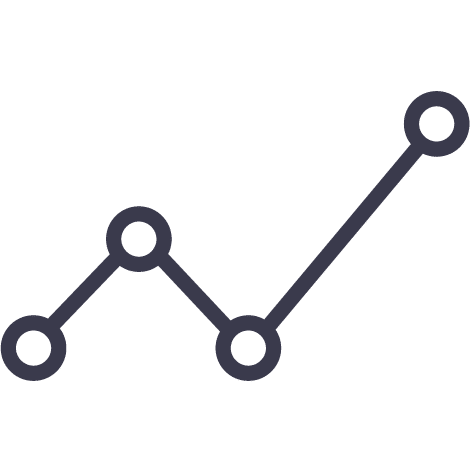
Providing access to specific user groups
Our head of global sales Rob Scaysbrook discusses how we give librarians useful tools to help them work with different user groups.
We want to make librarians’ lives easier!
We make it our mission to understand the needs of the librarians we work with. This is so we can help them provide users at their organization with vital access to content.
We reached out to our library customers to find out whether they regularly faced any issues with managing access. We asked if we could develop any features that could help overcome these challenges.
As a result of these conversations, we developed some tools which enable librarians to configure different user groups. And (we're pleased to hear!) these help our customers hugely in their daily responsibilities.
Who gets access to what?
Firstly, it’s now possible to configure specific user groups. So librarians can now deliver a wide range of content to different users. This means that the right people have access to the relevant online publications.
For example, when it comes to content licences, students and alumni at universities might not have the same access permissions. Our software allows librarians to separate these groups and deliver the right content.
Also, universities sometimes support walk-in visitors from the public. Libraries can create temporary user functionality so these visitors can access content too.
Reporting and analytics
Another useful element of categorizing user groups is to help our customers with reporting and analytics. Using OpenAthens, libraries can categorize and analyze content usage across different departments, or differentiate between staff and student usage. This can help librarians to provide accurate reports for budgeting purposes.
We also work with corporate libraries so they can attribute costs across their various global departments using our reporting functions.
Corporate libraries may distribute content globally but project-based teams use it in specific locations. We provide statistics that show exactly where the content is used. So budget holders can assign costs accordingly.
Some US universities are looking to use the reporting capabilities to track the number of times students actively use their online libraries. As you can imagine, this is hugely important information that can help identify students that are not as engaged in their learning as other students and could be falling behind. At the end of the period of study, the data gathered could be pooled to demonstrate whether there is a correlation between student success and library usage.
We’re certainly looking forward to finding out the results of these studies. Especially for demonstrating the power of such reporting functions for delivering access to specific groups.

Interested in finding out more about our reporting and analytics?
Our team can walk you through key product features and benefits.
